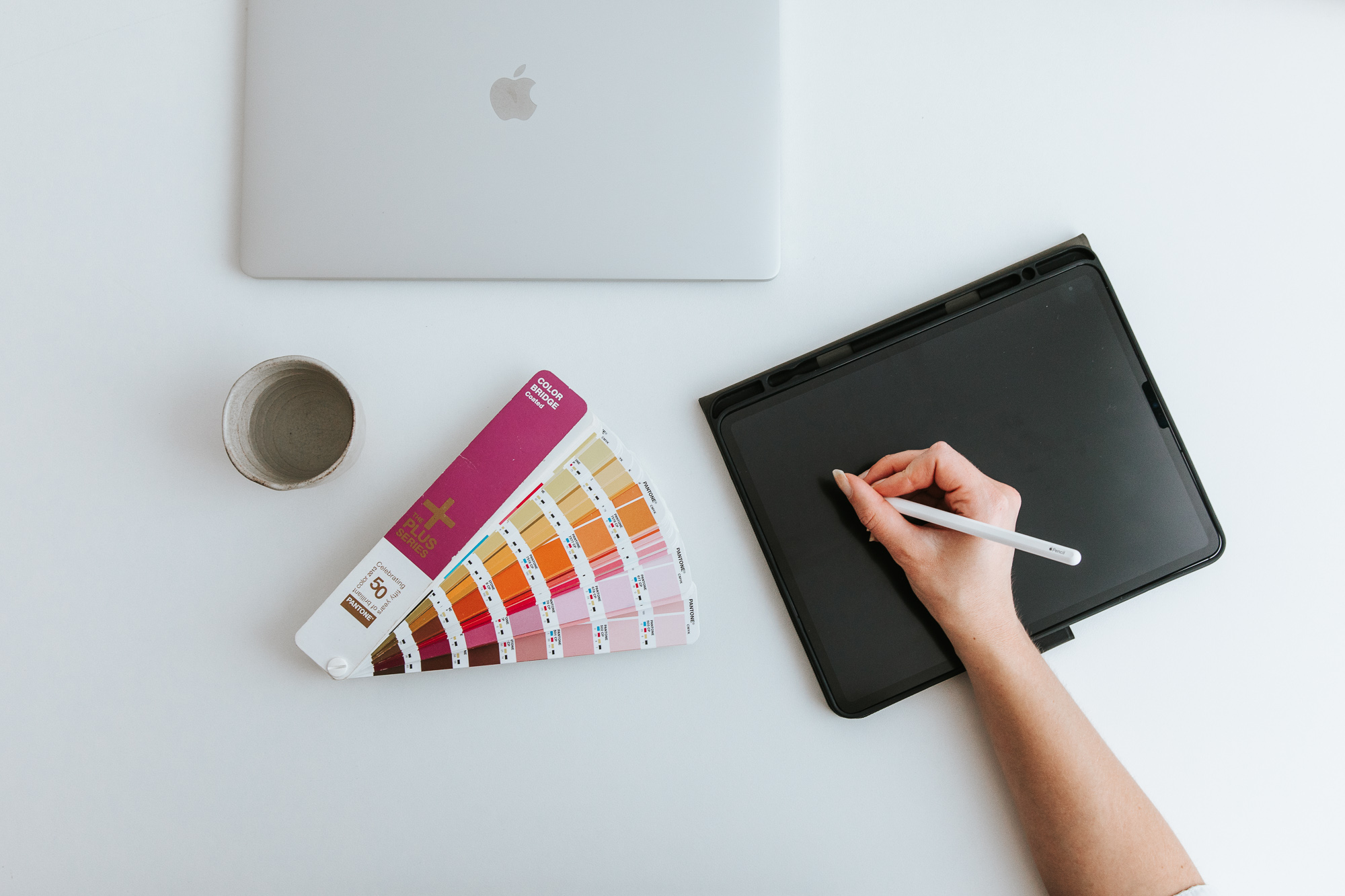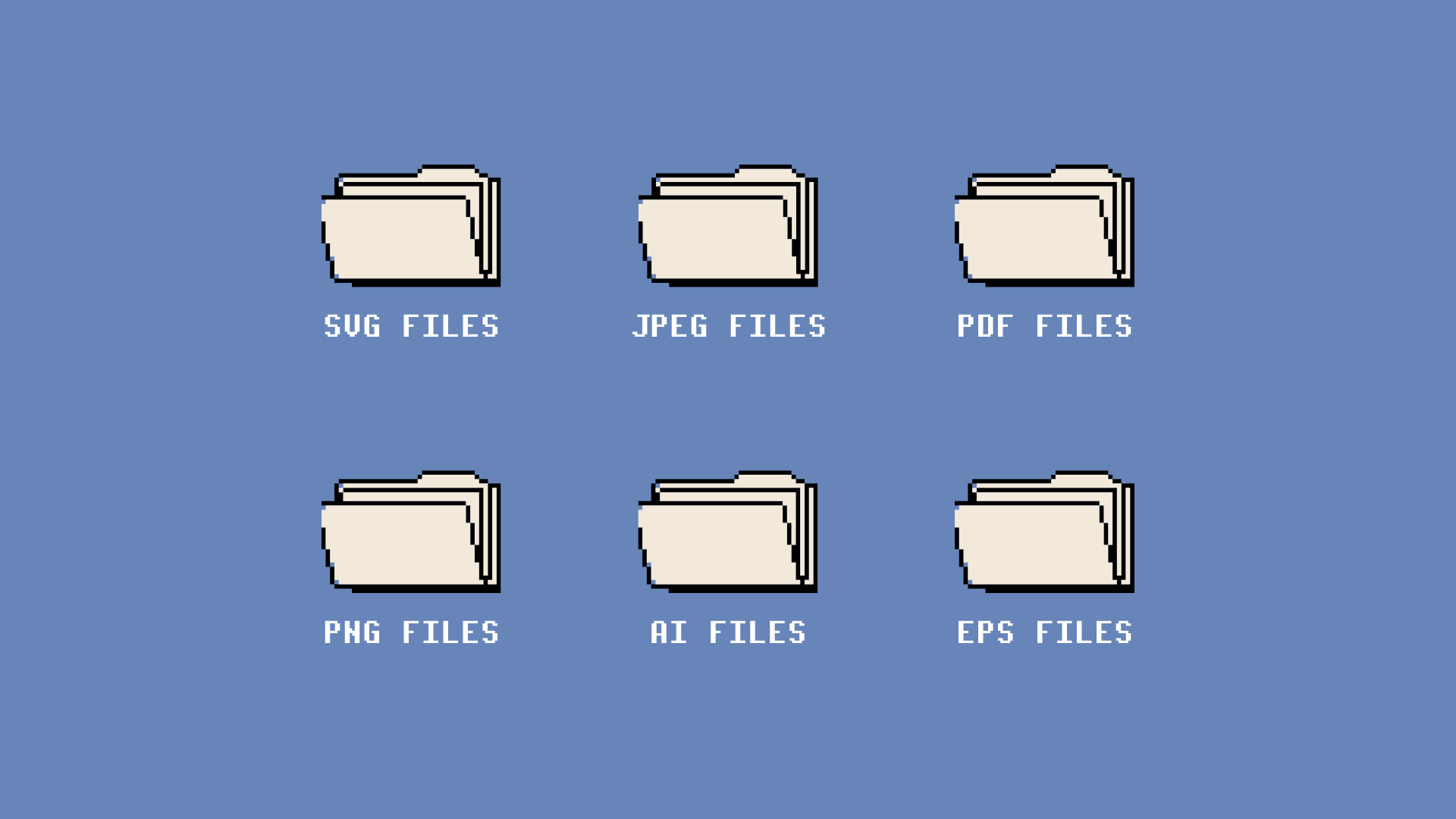As a creative and owner of Orbit Studio I’ve realised the benefits of maximising my digital platform use and now (while my open tabs are never-ending), I don’t know where I’d be without my reliable mates Dubsado, Asana and Creative Market amongst a bundle of others.
Continue readingHow to give your audience value via your marketing channels
Heard of the saying Communication is key? Well slip that one into your pocket for later because for our team at Orbit, we consider this mantra one to live by!
Continue readingWhat do all of these file types even mean?
In this clever and high-tech age that we live, it really feels as if we are operating at a peak of digital communication. We are well aware that the digital age will only continue to evolve, but who could have predicted a global pandemic, which would lead to greater digital and online interactions at this time?
Continue readingIf you don’t have any brand imagery, this is your sign.
In this clever and high-tech age that we live, it really feels as if we are operating at a peak of digital communication. We are well aware that the digital age will only continue to evolve, but who could have predicted a global pandemic, which would lead to greater digital and online interactions at this time?
Continue reading



